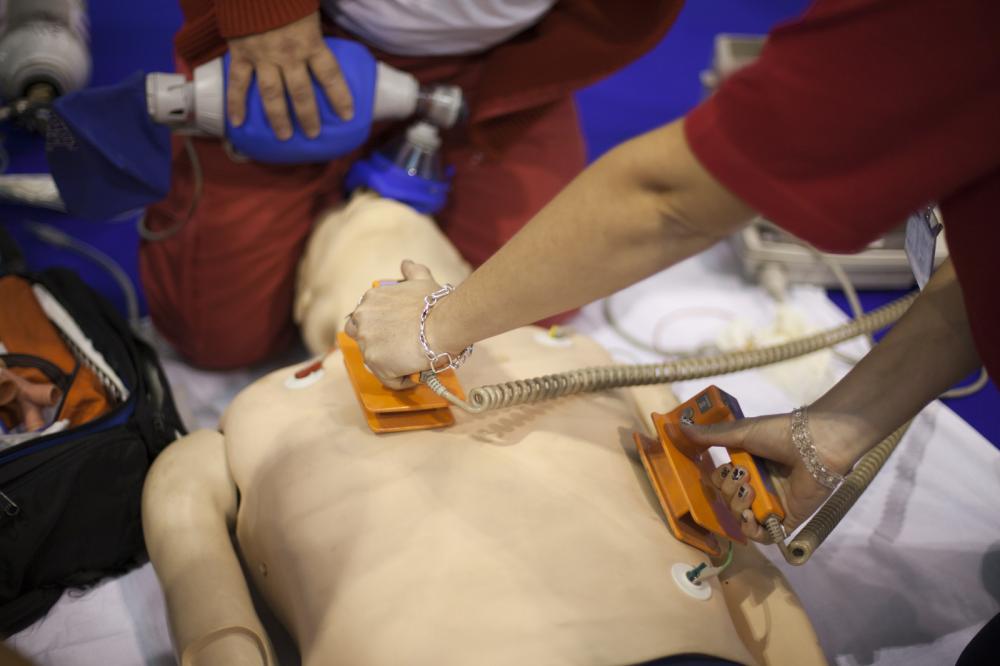Time is crucial in the case of a cardiac emergency. For every minute that passes without someone performing CPR or using an automated external defibrillator (AED), the chances of survival drop by 7-10%. Research shows if a person administers defibrillation within the first five minutes of a collapse, survival rates can be as high as 50–70%. Here’s how you can apply AED Pads to save precious lives:
- Prepare The Chest
The AED pads come with a small kit that contains a towel, razor and a pair of scissors. If the person is wearing a shirt, you can unbutton it; in other cases used the scissors to cut through the middle of the garment. Wipe the person’s bare chest to ensure it’s dry. If they have any medical patches attached, wear a glove and remove the patches. Use the razor to shave any chest hair in the location where the pads will be applied. Ensure that the AED pads are placed on the person’s bare and dry chest.
Place The Pads
The kit will also come with a diagram; use it to place the pads on the person’s chest. If the person is an adult, you’ll have to apply one pad on the upper right side of their chest, and one on the lower left. For children or babies, place one pad on their chest and the other on the back. Ensure that there’s a minimum space of 2.5cm between the pads.
Turn on the AED
Once turned on, the AED will guide you through the remaining process. It will present several visual and audio prompts that need to be followed. The process begins with an analysis and then moves to a shock or no shock decision, followed by a CPR.
Analysis Stage
Press the “analyze” button to allow the AED to analyze the victim’s heart rhythm. It’ll warn you that no one should touch the person during this stage. Tell everyone around you to stand clear. Once the victim’s heart rhythm is analyzed, the AED will suggest a shock or no shock.
Shock Advised
If the AED recommends a shock to the victim, make sure no one touches the person. If the AED is fully automatic, it’ll begin to count down from 3, the semi-automatic devices will require you to press the shock button, and after 3 seconds, the shock will be delivered.
CPR
After the shock, the AED will move into the next stage of recovery; CPR. It will prompt you to begin CPR immediately, and you have to continue until advised by the AED. After 2 minutes, the AED will repeat the entire process from the analysis stage until the victim begins to breathe normally.
Metro Safety Training has been dedicated to improving safety standards in Canada for over 12 years. Offers various Red Cross basic life support training and Level 1, 2 and 3, First Aid courses to students all over BC. Our experienced trainers focus on teaching beginners to apply First Aid training through our comprehensive courses.
For more information, call 604-521-4227 or visit our website.







